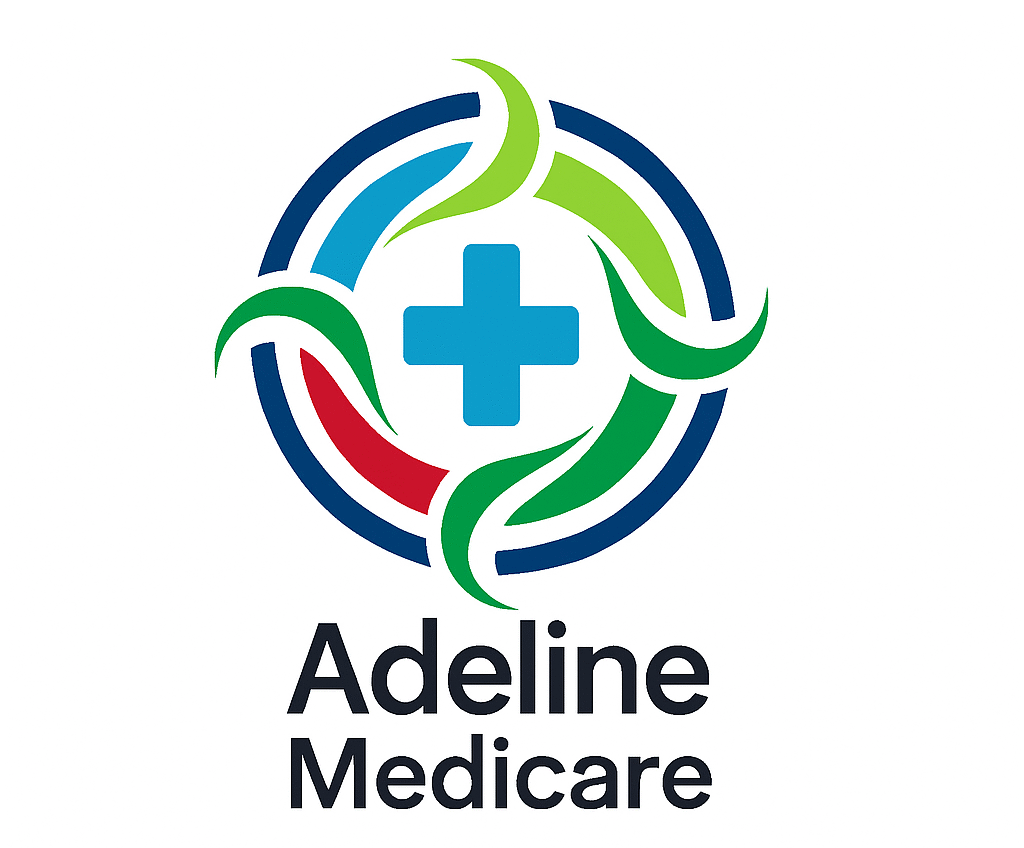
Introduction
A skin tag, also called a fibroepithelial polyp or acrochordon, is a small benign growth of soft tissue that often forms in areas where skin folds rub together. These lesions are usually painless and harmless but may require removal when they become irritated by clothing or jewelry, bleed, or interfere with hygiene. In This Article, Learn how to use the ICD-10 Code for Skin Tag accurately. This expert guide covers billable codes, documentation tips, CPT pairing, and More.
Quick ICD-10 code for skin tag Summary
| ICD‑10 Code | When to Use |
|---|---|
| L91.8 | Symptomatic or irritated skin tags |
| D23.9 | When provider documents benign neoplasm |
| L98.8 | Skin tag in uncommon location or with complications |
| K64.4 | Residual perianal skin tag after hemorrhoid treatment |
| Z41.1 | Cosmetic removal without symptoms |
1. Overview of Relevant ICD‑10‑CM Diagnosis Codes
L91.8 Other Hypertrophic Disorders of the Skin
This is the primary code for skin tags that cause friction, bleeding, or discomfort. It applies when the lesion is not classified as a neoplasm and the documentation supports medical necessity.
D23.9 Benign Neoplasm of Skin, Unspecified
Use when the provider explicitly refers to the skin tag as a benign neoplasm or fibroepithelial polyp. This reflects direct provider terminology and supports clinical precision.
L98.8 Other Specified Disorders of Skin and Subcutaneous Tissue
Appropriate for tags in sensitive areas or when inflammation or secondary symptoms are present. Use when L91.8 documentation is insufficient or claim reviewers deny its use.
K64.4 Residual Hemorrhoidal Skin Tags
Reserved for skin tags in the perianal region that remain after hemorrhoid treatment. Must document prior hemorrhoid resolution and ongoing symptoms or hygiene issues.
Z41.1 Encounter for Procedures for Cosmetic Purposes
Used when the removal is elective and there is no clinical indication. Cosmetic procedures are typically not covered by insurance, and this code aligns with payer requirements.
2. When ICD‑10 Codes Are Billable vs. Not
Billable Situations
Codes L91.8, D23.9, L98.8, and K64.4 are billable when medical necessity is documented. Reasons may include persistent irritation, friction causing bleeding, tenderness, or hygiene issues. Insurance generally approves claims when symptoms justify removal.
Non‑Billable Scenarios
If removal is purely cosmetic, code Z41.1 should be used. Avoid using unrelated codes such as L72.0 or L91.0, which describe different skin conditions and will likely lead to denial.
3. Documentation Essentials for Clean Claims
To support proper coding and reduce denials, include:
-
Symptom details such as irritation, bleeding, pain, or itching
-
Specific location and size of the lesion (example: “5 mm pedunculated tag on left eyelid”)
-
Explanation of why removal was medically indicated
-
Method of removal (snip excision, cryotherapy, electrocautery, etc.)
-
Exact number of lesions removed
-
Any associated rash or skin condition – consider secondary codes
Given varied payer rules, always align documentation with medical necessity.
4. CPT Code Pairing: Linking Procedure to Diagnosis
Correct procedure coding is necessary for reimbursement:
-
11200 Removal of skin tags, up to and including 15 lesions
-
11201 Add-on code for each additional group of up to 10 lesions
-
17110/17111 For destruction of benign lesions (excluding skin tags) using methods such as laser or electrocautery
Always correlate CPT codes with ICD‑10 codes and symptom documentation. Cosmetic procedures or elective removals should use Z41.1 and generally are not billable.
Pro Coding Tip
Always match the diagnosis code to the reason for removal. For example, if the skin tags are symptomatic use L91.8. If the patient requests removal for cosmetic reasons only, code Z41.1. This helps prevent claim denials.
5. Real-World Scenarios and Recommended Codes
| Clinical Scenario | ICD‑10 Code | Notes |
|---|---|---|
| Skin tags on the neck that bleed when touched | L91.8 | Symptom‑related documentation |
| Eyelid tag described as a benign growth | D23.9 | Based on “tumor” provider language |
| Inflamed genital skin tag with redness | L98.8 | Sensitive area with symptoms |
| Perianal tag after hemorrhoid resolution, causing hygiene issues | K64.4 | Requires documentation of prior hemorrhoid treatment |
| Elective removal with no symptoms | Z41.1 | Cosmetic purpose only |
6. Audit Risks and Common Coding Mistakes
Typical errors include:
-
Using L91.8 without any mention of symptoms
-
Coding aesthetic removal as medically necessary
-
Failing to record the number of tags removed
-
Misusing neoplasm codes when the provider did not describe the tag as a tumor
-
Ignoring payer-specific documentation rules or LCDs
Staying compliant requires attention to detail and consistency between documentation, ICD‑10, and CPT.
7. Frequently Asked Questions
Q: What is the most accurate ICD‑10 code for a symptomatic skin tag?
A: Use L91.8 when the skin tag causes irritation, bleeding, or discomfort.
Q: When is D23.9 appropriate?
A: Use when the provider refers to the lesion as a benign neoplasm or fibroepithelial polyp.
Q: Does insurance cover the removal of skin tags?
A: Only if medical necessity is supported. Cosmetic removal is coded under Z41.1 and is typically not covered.
Q: When should K64.4 be used?
A: For residual perianal tags post-hemorrhoid treatment with ongoing symptoms or hygiene concern.
Q: How many skin tags are included in CPT 11200?
A: Up to 15 lesions; use 11201 for each additional set of up to 10 tags.
Q: Can skin tag removal be billed during an office visit?
A: Yes, but if it is done during an evaluation and management (E/M) visit, use modifier 25 if the E/M service is separately identifiable and significant.
Q: Should I include a secondary code for rash or texture change?
A: Yes. If there is an associated rash or skin texture issue, it helps support medical necessity by coding additional conditions.
8. Common Audit Triggers
-
Documentation only states “removed multiple tags” without specific counts
-
Diagnostic code does not match CPT codes or reasons provided
-
Cosmetic removal is billed as medically necessary
-
Provider notes do not support the choice of neoplasm code versus hypertrophic disorder
-
Missing or vague documentation of symptoms
These errors often trigger denials or audits and can slow down claim processing.
Conclusion
With more than ten years of experience in medical coding, I emphasize that accurate ICD-10 code for skin tag removal depends on clinical documentation, correct code selection, and proper procedure linkage. Key takeaways:
-
Use L91.8, D23.9, L98.8, or K64.4 based on lesion description and symptoms
-
Code Z41.1 for cosmetic-only removal
-
Document lesion count, size, location, symptoms, and procedural method
-
Pair with appropriate CPT code: 11200 (up to 15 tags) or 11201 (add-on)
-
Avoid common mistakes by following payer instructions and local coverage rules
